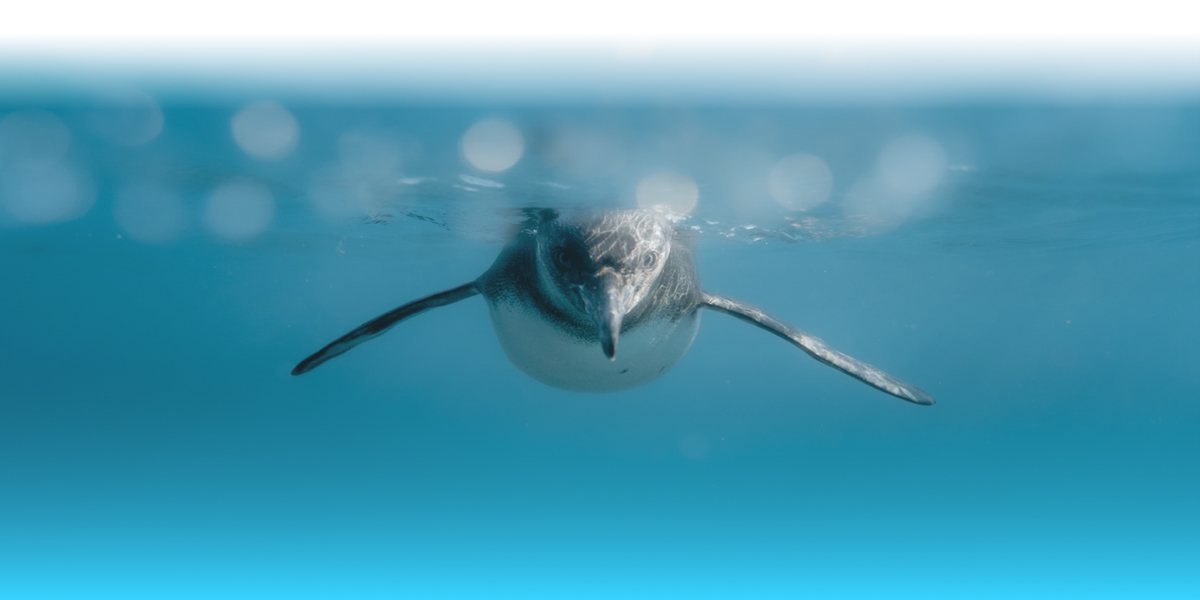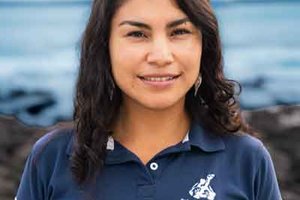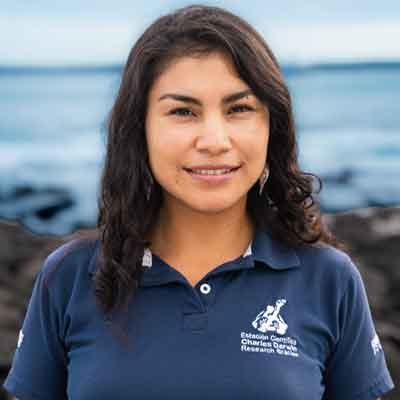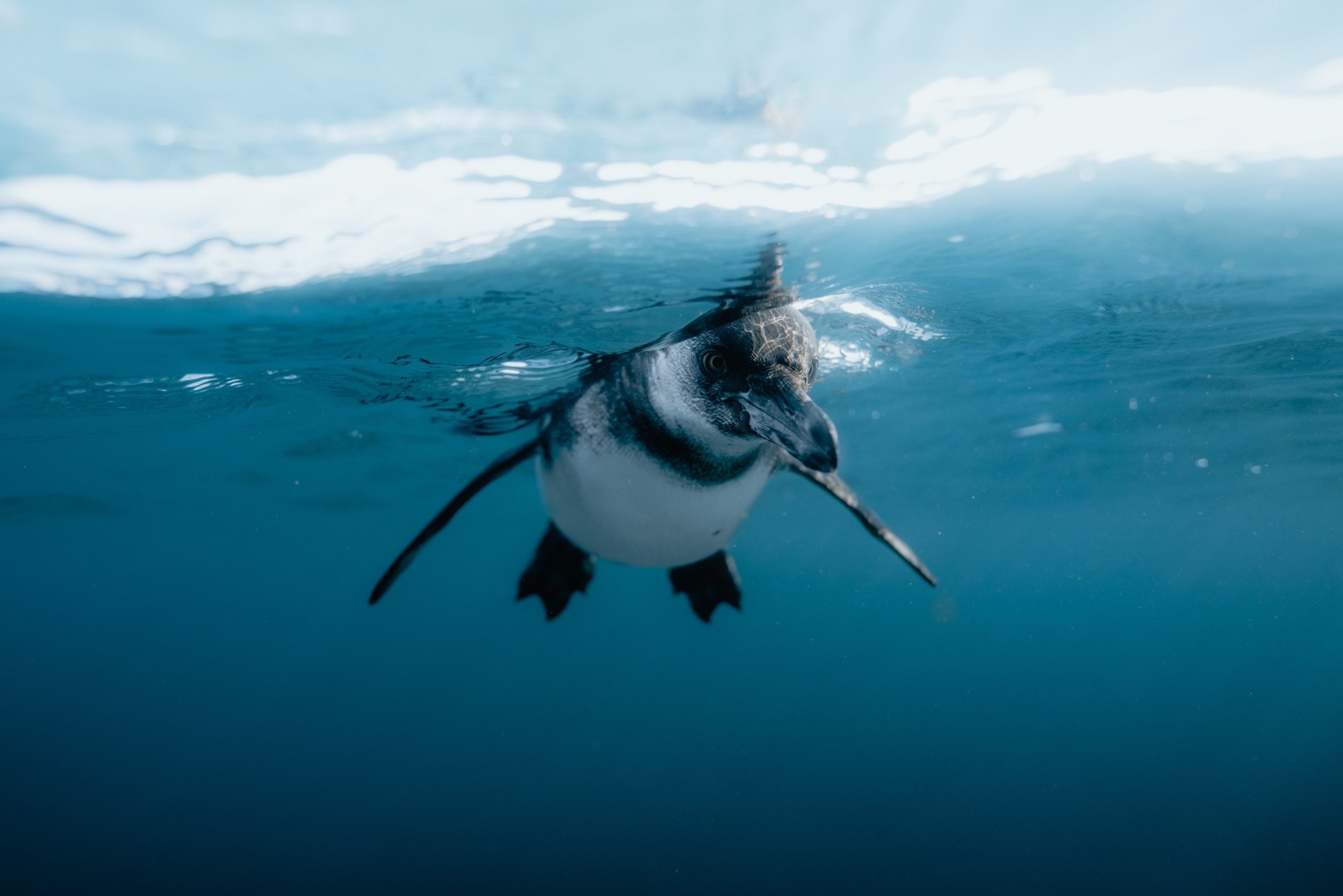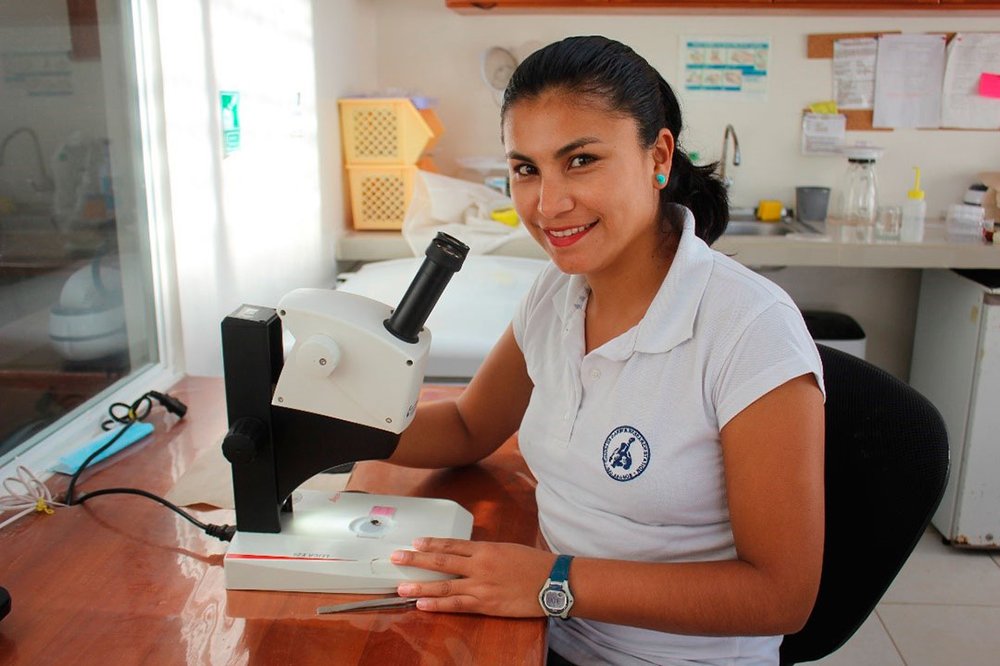
When I first arrived in the Galapagos Islands in mid-2013, I was thrilled to have the opportunity to do an internship with the Charles Darwin Foundation (CDF). As odd as it sounds, I was involved in reproducing and raising an invasive fly in captivity. The particular fly we were working with, Philornis downsi, may look like an ordinary house fly, but it is far less innocent. The larvae parasitize endemic landbirds, sucking the blood of chicks and often causing all the chicks in a nest to die. In other words, if you’re one of Darwin’s finches, this fly is a living nightmare.
There are currently 1,476 introduced species established on the Galapagos Islands, of which many are harmful for the endemic flora and fauna. The Philornis fly is one of the most dangerous species because it parasitizes at least 17 endemic bird species including the critically endangered mangrove finch, with less than 20 breeding pairs left in the world. In order to find a control method for the fly, we must first breed the fly under laboratory conditions and understand its lifecycle.
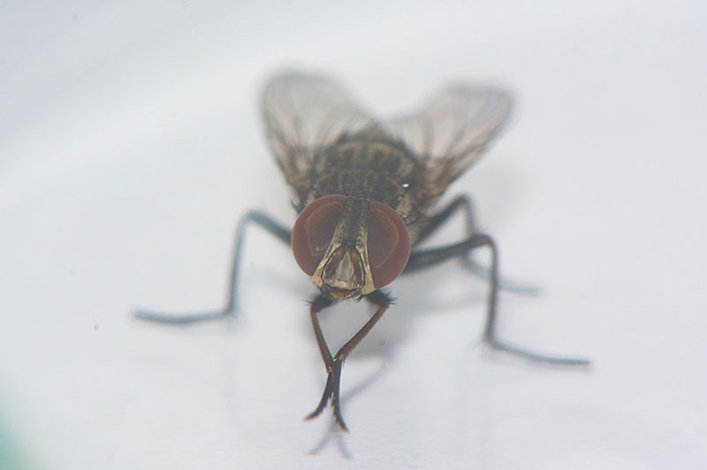
Having just completed my undergraduate classes at the Central University of Ecuador, rearing flies was a new experience for me. On the mainland I had studied ticks and mosquitos, but here I needed to figure out how to raise the flies in captivity. Believe me, it’s not easy to take care of a fly, especially one that relies on blood and a live animal host. One of the main reasons we needed to raise flies in the lab is that scientists only had access to flies during the five months when birds breed and we were losing out on seven months of valuable research time every year!
I remember being frustrated when I saw how many Philornis flies were found in bird nests and yet in the laboratory it was so difficult to create the correct conditions to rear them for our studies. Despite the challenges in breeding flies, I succeeded in creating a new system specifically designed for rearing larvae, which became the subject of my undergraduate thesis. I continue to be inspired by the thought that this work may save Galapagos land birds, even though I feel a large responsibility on my shoulders. Fortunately, I have had the continued trust and support of Dr. Piedad Lincango and Dr. Charlotte Causton.
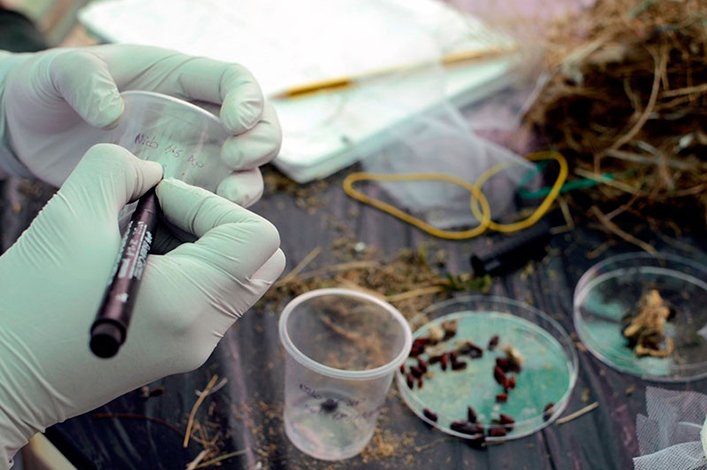
As I was still interested in Philornis downsi flies, I wrote to Dr. George Heimpel at the University of Minnesota, lead researcher of a program investigating the possibility of using natural enemies to control Philornis downsi (known as biological control). I traveled to Minnesota to work with him and was overwhelmed by the subzero climate and language difficulties. However, thanks to the Heimpel family, who hosted me, I was able to adapt and I learned a lot! Upon completing my internship, I got a job as junior researcher at the Charles Darwin Foundation and returned to Galapagos in 2015 to continue this cutting-edge scientific investigation.
We are now able to raise small numbers of flies in captivity, but our goal is to rear large numbers of flies for our studies to develop control methods. This is particularly important now that two wasp species have been found parasitizing Philornis downsi on mainland Ecuador. These wasps exhibit characteristics that suggest that they would make good candidates for a biological control program and the hope in the next year is to confirm these preliminary findings through additional research.
I have learned a lot thanks to the opportunities given to me by the Charles Darwin Foundation and I definitely think that accepting an internship in Galapagos was the best decision I ever made.
The Charles Darwin Foundation depends entirely on the generosity of our supporters. If you would like to support us in finding a solution to this invasive parasitic fly, please donate today.


